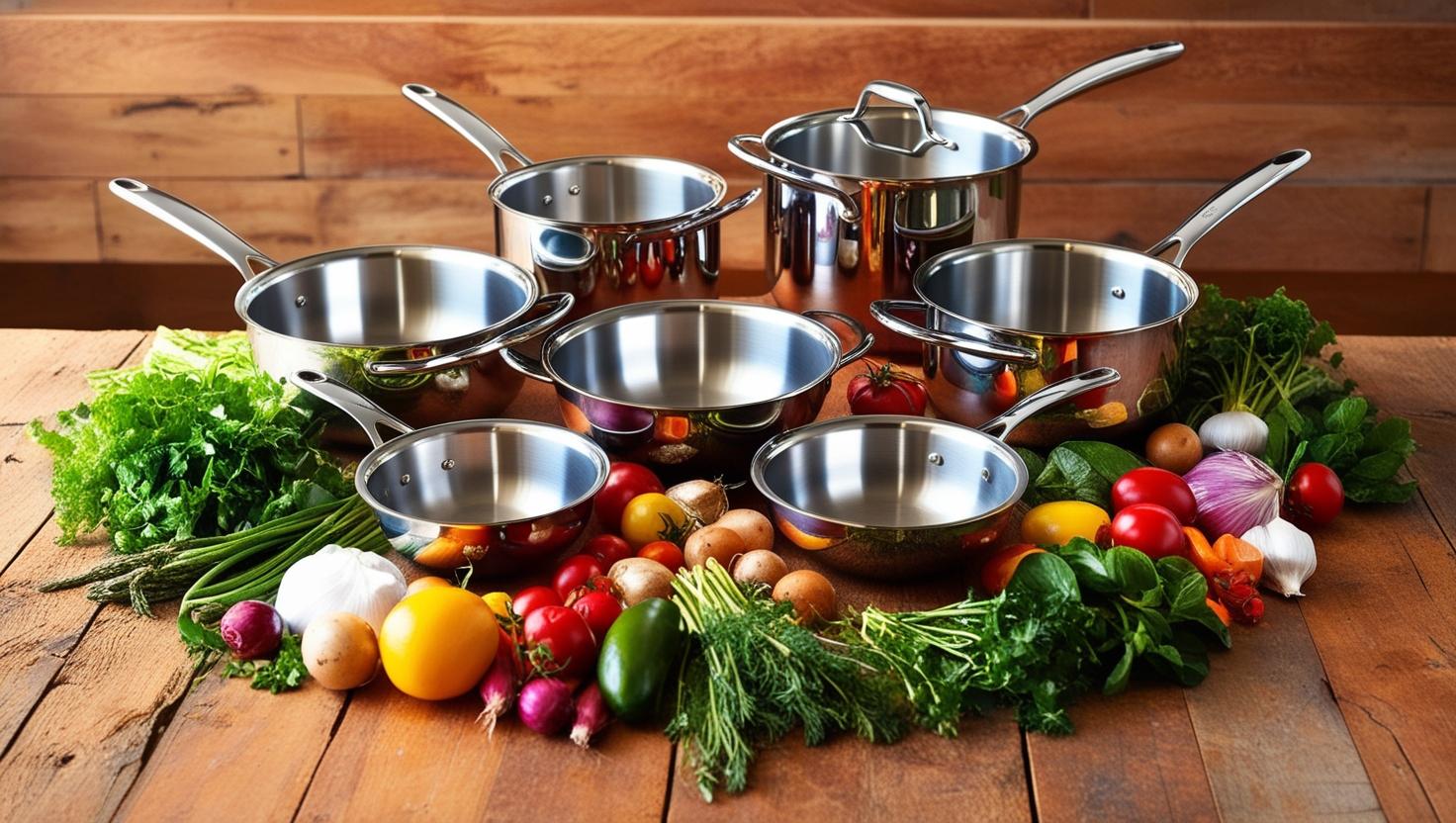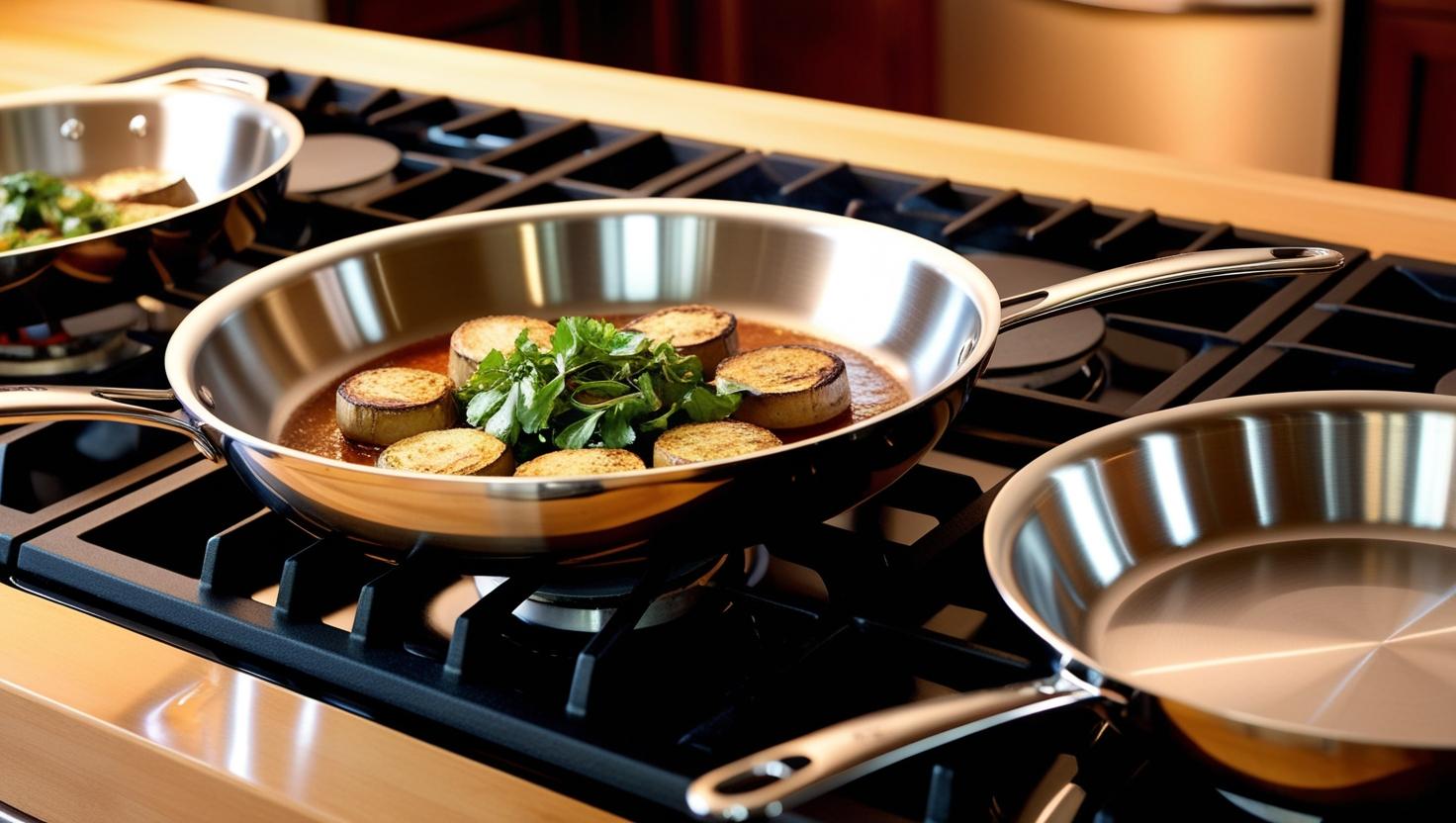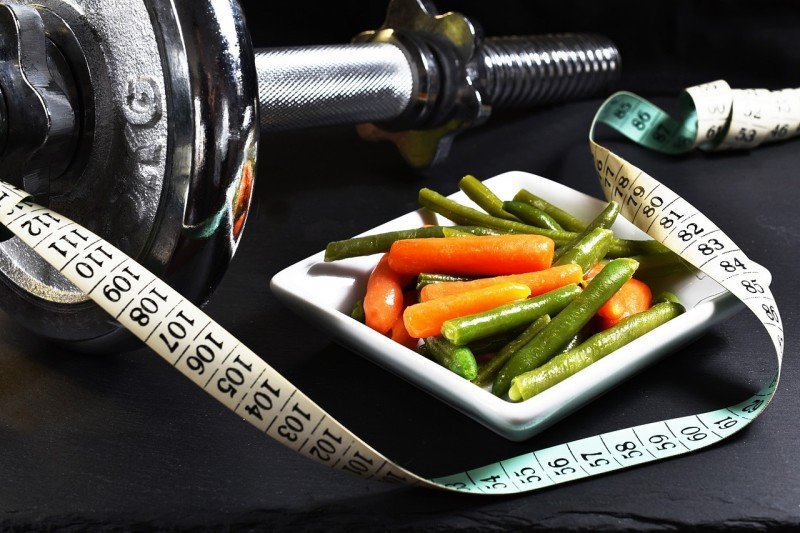When it comes to optimizing our health, what we cook our food in is just as important as the food itself. The choice of cookware can significantly impact the nutritional value and safety of the meals we prepare. It's crucial to select cookware wisely to ensure that the nutrients in our food are preserved and unnecessary toxins are not introduced.
One important consideration when choosing cookware is its material. Non-toxic options such as stainless steel and cast iron are popular choices for health-conscious individuals. Stainless steel is durable, non-reactive, and does not leach metals into the food during cooking. Cast iron, on the other hand, provides an additional health benefit by increasing the iron content of our meals. However, it's essential to season and maintain cast iron properly to prevent it from rusting or affecting the taste of the food.
Another factor to consider is the presence of non-stick coatings. Traditional non-stick cookware often contains chemicals like perfluorooctanoic acid (PFOA) that can release toxins when exposed to high temperatures. Opting for ceramic or porcelain-coated cookware can provide a non-stick surface without the harmful chemicals. Additionally, ensuring that the cookware is free from scratches and chips can prevent the ingestion of harmful substances.

Exploring the Science: How Cookware Affects Nutrition
When it comes to optimizing our health, many factors come into play, including our choice of cookware. It may come as a surprise, but the materials and types of cookware we use can impact the nutritional value of our meals. Understanding how cookware affects nutrition can help us make informed choices in the kitchen.
One crucial aspect to consider is the cookware's heat conductivity. Different materials conduct heat differently, which can influence the distribution of heat during cooking. Cookware with high heat conductivity, such as copper or aluminum, helps ensure even cooking and prevents hot spots. This is particularly important for foods that require precise temperature control, like delicate vegetables. In contrast, cookware with poor heat conductivity, such as stainless steel, may result in uneven cooking and potential nutrient loss.
Another consideration is the cookware's reactivity with foods. Some metals, such as copper and aluminum, can react with acidic or alkaline ingredients. This reaction can not only alter the taste of the food but also lead to the leaching of metals into the food. While small amounts of certain metals are necessary for our bodies, an excessive intake can be harmful. Choosing cookware with non-reactive materials like stainless steel or glass can help minimize this risk and keep our meals safe and nutritious.
Lastly, the cooking surface itself is worth examining. Non-stick coatings, such as Teflon, have gained popularity due to their convenience and easy clean-up. However, some studies suggest that these coatings may release toxic fumes at high temperatures. Opting for safer alternatives like cast iron or stainless steel can be a better choice for our health. Furthermore, the condition and maintenance of the cookware should be considered, as scratches or worn-out coatings may affect the quality of our meals.
Cooking for Wellness: Optimal Cookware for Balanced Meals

In our journey towards optimal health and well-being, we often focus on the quality of the ingredients we use in our meals. However, the cookware we choose can also play a significant role in influencing the nutritional value of the food we prepare. By selecting the right cookware, we can ensure that our meals are not only delicious but also packed with essential nutrients.
One important consideration when choosing cookware is its material. Certain materials, such as stainless steel and cast iron, are known for their ability to evenly distribute heat. This helps to prevent hot spots and ensures that our food is cooked thoroughly. Additionally, these materials do not react with acidic or alkaline ingredients, which can help preserve the natural flavors and nutrients of the food.
Another factor to consider is the non-stick properties of the cookware. Non-stick pans, which are usually coated with materials like Teflon, make cooking with less oil possible. This can be beneficial for those who are watching their caloric intake. However, it is essential to be cautious with non-stick cookware, as some studies suggest that the chemicals used in the coating may have adverse health effects when overheated.
Lastly, the size and shape of the cookware are significant for optimizing nutrition. Choosing pots and pans that are appropriately sized for each dish can help minimize the loss of nutrients during cooking. When using large cookware for small portions, more heat and energy are required, potentially leading to decreased nutrient content. Likewise, using deep pans for shallow frying or sautéing can cause excessive oil absorption, resulting in less healthy meals.
Nourishing your Body: The Impact of Cookware on Health
When it comes to optimizing our health, we often focus on the nutritional value of the food we consume. However, we may overlook the impact that cookware can have on the overall healthiness of our meals. The choice of cookware material can significantly affect the nutritional content and safety of the food we prepare.
The Dangers of Non-Stick Cookware
Non-stick cookware has gained popularity due to its convenience and easy cleaning. However, most non-stick pans are coated with a chemical called polytetrafluoroethylene (PTFE) which can release toxic fumes when heated at high temperatures. These fumes can be harmful when inhaled and may even pose health risks. Moreover, the coating on non-stick pans can leach into food, especially when scratched or worn out, potentially adding undesirable chemicals to our meals.
Safe and Healthy Alternatives
An alternative to non-stick cookware is stainless steel. Stainless steel is a durable and non-reactive material that does not release any harmful chemicals or impact the taste of your food. Additionally, cast iron cookware is making a comeback due to its excellent heat retention and even heat distribution. Cooking with cast iron can also add a small amount of iron to your diet, improving your iron levels.
It's important to note that the choice of cookware material is not the only factor to consider for optimal health. Proper cooking techniques, such as avoiding overheating oils, using minimal water, and choosing fresh ingredients, also play a vital role in preserving the nutritional value of our meals. By being mindful of the cookware we use and adopting healthy cooking practices, we can nourish our bodies and further promote our overall well-being.



